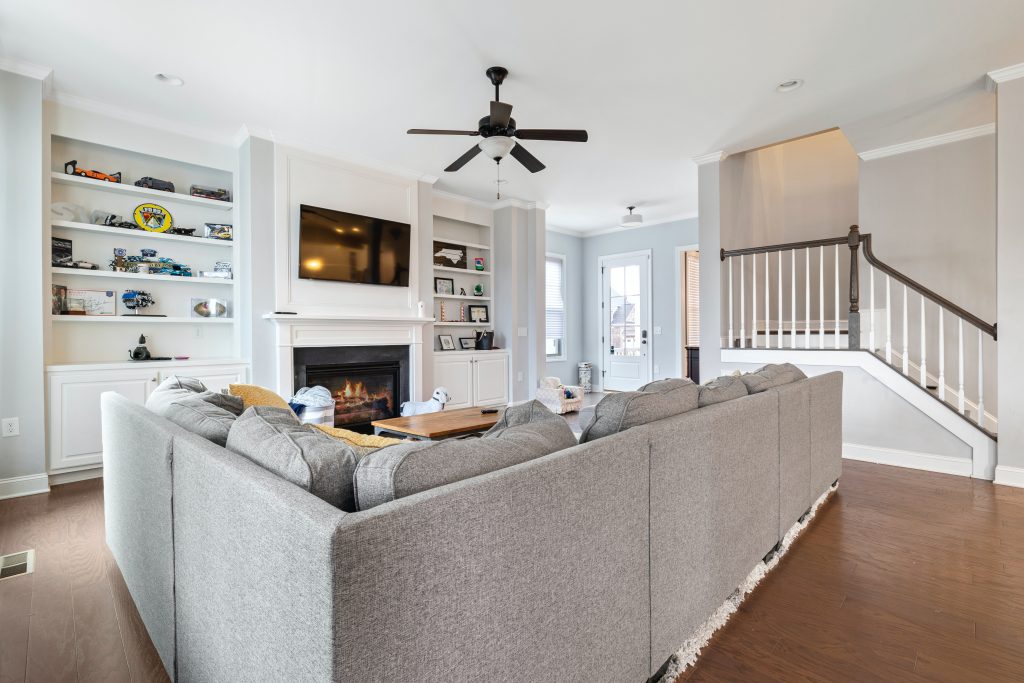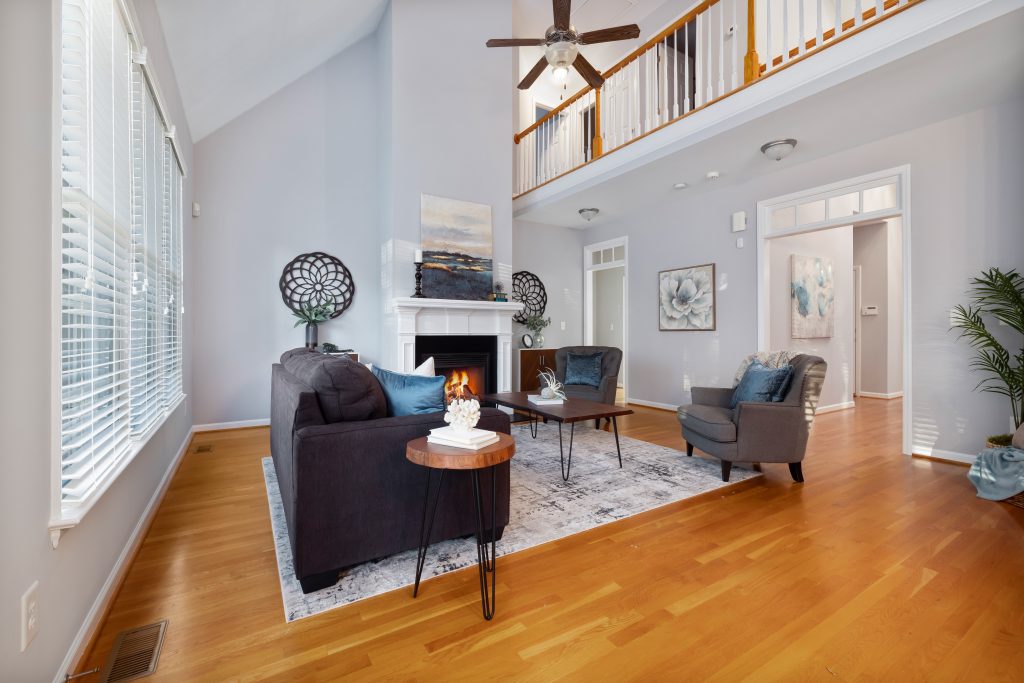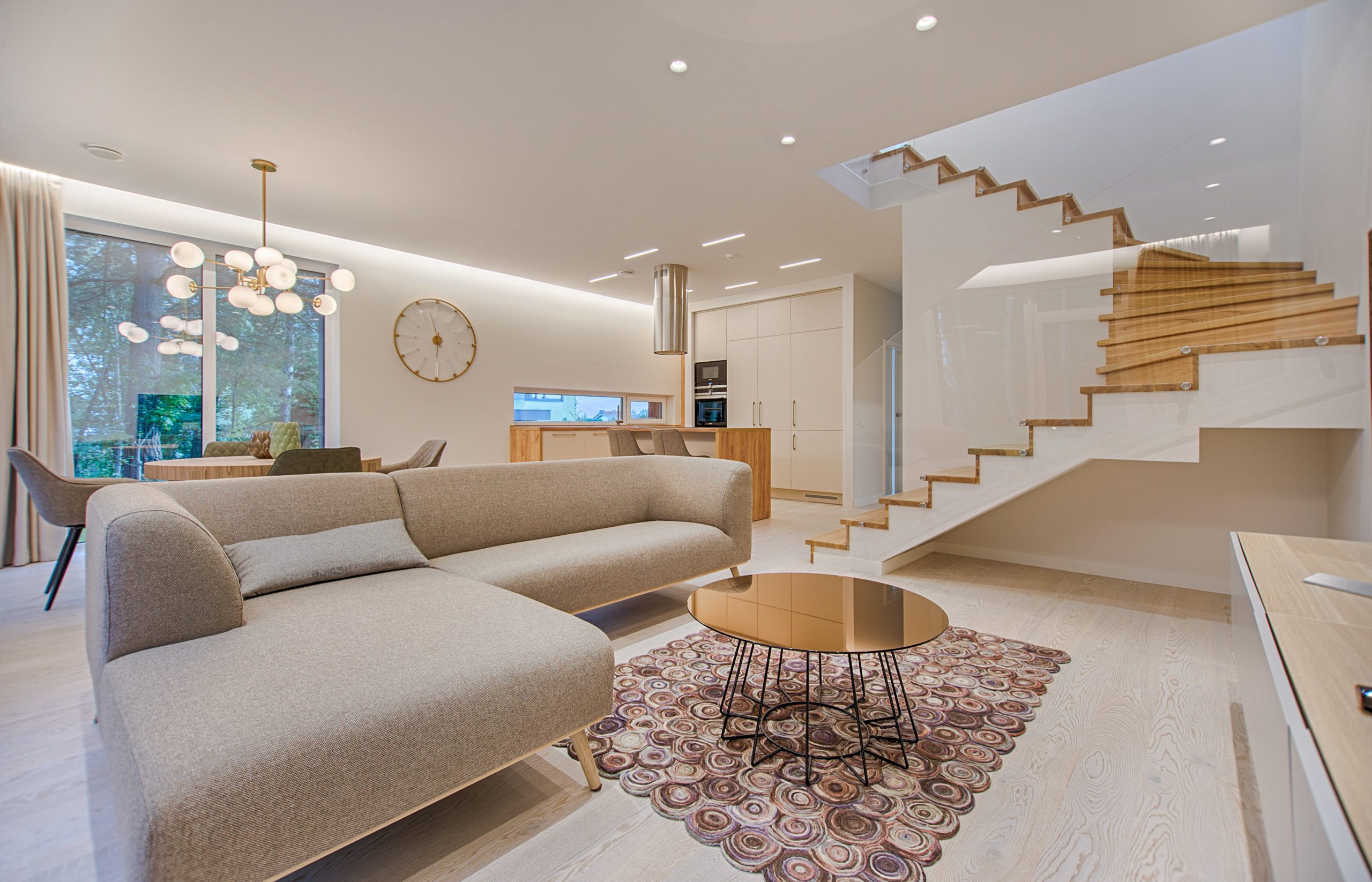Don’t make these Furnishing mistakes
Before you head out to the house furniture stores, take a moment to read over this breakdown of the most common home furnishing mistakes that home buyers make and how to prevent them. Furnishing your first home is a once-in-a-lifetime experience that you want to both enjoy and get right.
The pleasure of purchasing your first house may have overshadowed the need to furnish it. As you move in, all of a sudden, wow. Compared to your apartment, there is a lot more space. You require fresh furnishings, rugs, lights, artwork, and accessories. and, well, everything is new!
Purchasing everything at one time
Many first-time buyers will scramble to get all they can as soon as they can to furnish the house and finish the transition. However, that is incorrect. When a property is furnished all at once, clutter, mismatched items, and decorating errors frequently result. You might choose a less-than-ideal item only because it is readily available right now.
Spending some time planning the design of each area is a superior strategy. Get accustomed to how the room feels, how the windows let in light, how you naturally stand and sit in the space, and how you use it. Yes, purchase the items you require immediately, but give the rest of the shopping time. Nate Berkus, an interior designer, once said, “Your home should tell the story of who you are and be a collection of things you love.” We wholeheartedly concur.
There is probably no immediate need for the most often used rooms, like the bedroom, bathroom, or kitchen, if you are moving from a rental because you likely already have the essentials covered. Once those urgent requirements are met, you may take your time to develop a really excellent layout for the regions of your home that are more exposed and also happen to be the ones you’ll like to showcase.
Guessing measurements
You might eyeball the size in your excitement at finding the ideal piece and decide it will fit. Not a wise move. Before you even look for furniture, you need measure your room. You should be aware of the room’s measurements (length, width, and ceiling height), as well as the space that will be available for the furniture placement.

Consider the existing furniture you’ll have to work around, leave space for walkways, or stay away from windows and doorways. Measure the length, width, and height of any existing items you intend to maintain so you may mix and match new pieces to create harmony and balance in the space. One of the most underrated but visually powerful aspects of interior design is scale. Scale describes how a piece appears in the space. It must visually match the size of the space. For instance, a large unbroken wall and soaring ceilings may dwarf a sofa that is too small.
If you’re buying large pieces, make sure to measure the doorways and hallways as well. If your sectional cannot fit through the entrance or the hallway, even if your living area is enormous and will look beautiful with one, you will be really disappointed.
Furniture placement
Furniture is frequently positioned against a room’s walls by owners. This positioning is dull and constricting and can give the impression of a large, frigid space in an open floor plan. Use your imagination when planning the layout of your rooms. To create comfortable spaces for various requirements, such as reading, watching TV, and socializing, move furniture in from the walls. The placement of furniture and décor can also be utilized to connect two disparate areas, such as the kitchen and living area in an open concept design, or to divide up a vast open space. Make careful to allow space for walkways.


Buying too much furniture
Here, first-time homebuyers have an advantage. There is less possibility of the rooms becoming overly packed because they are bringing less with them. Avoid the urge to overfill your new house with brand-new possessions. Naturally, you should provide space for movement, but you also need to be able to see your new house, not just the furnishings inside.
Start with the bare necessities for each room as a general rule of thumb. then halt. According to Closet Factory’s vice president and head designer Kay Wade, “Depending on the room and your budget, you can start simple and the area can grow over time.”
How many furniture are arranged in a space depends on the individual. Others are more minimalist, while others enjoy a more intimate vibe. Stick to your preferences without a doubt. After all, this is your house, so you should cherish it.
Take time to plan properly
How quickly you must furnish your home is not subject to any hard and fast guidelines. In fact, according to a lot of interior designers, decorating your new house can actually take up to a year. Alternatively, if you think like author and designer Suzanne Kasler, you might never be done. Because you’re constantly discovering and including your next favorite thing, she claims that finishing it is one of the hardest things to do. That’s alright. Your house ought to represent who you are. Your home might vary as your needs and hobbies do throughout time. So unwind, go shopping, and finish designing your new home at your own pace.




